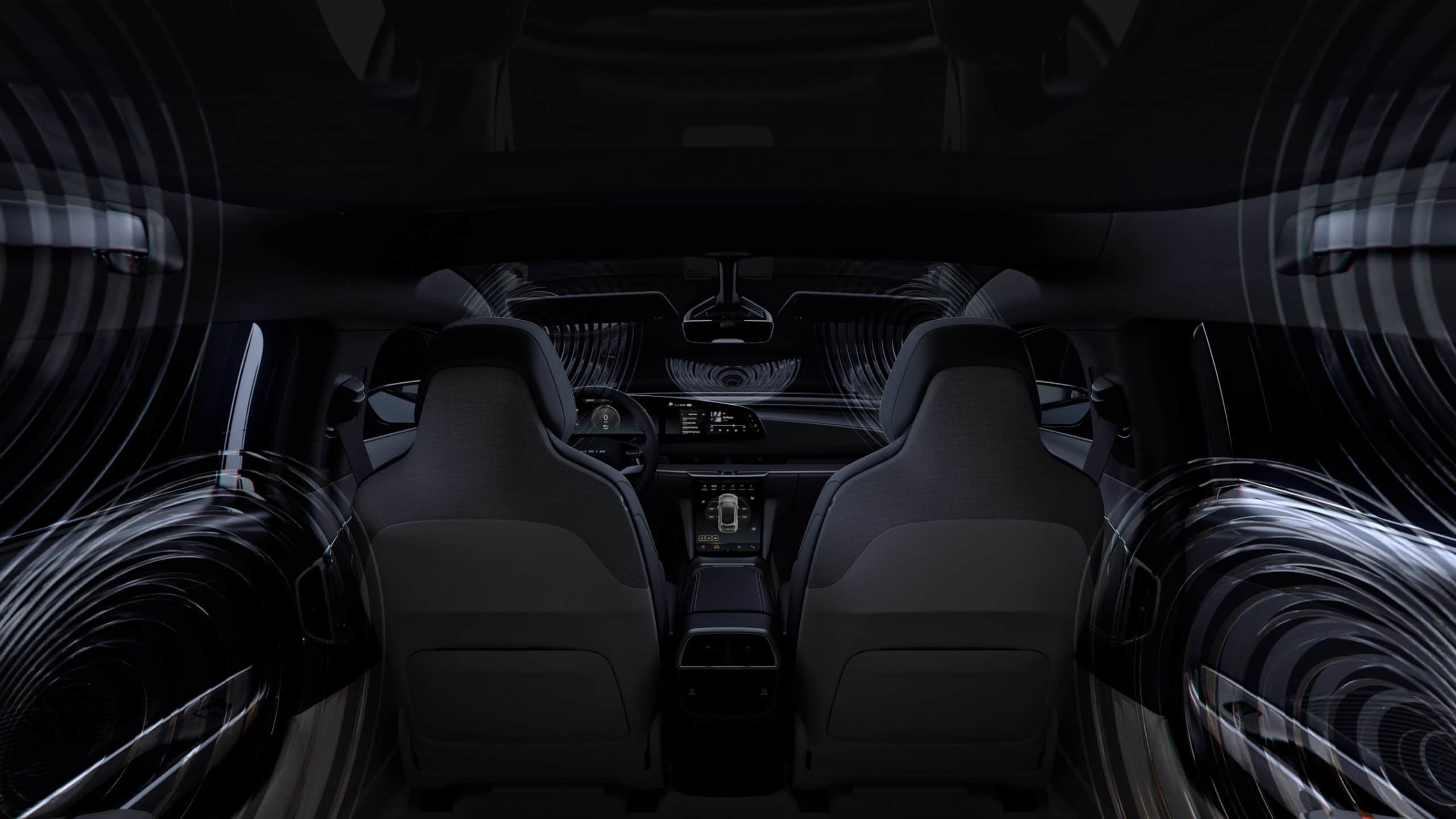

The Mcity digital twin and the physical test facility alike are densely populated spaces which group many road features into a compact area. The development of CAVs is safer, faster, and cheaper by strategically combining controlled tests and simulations, rather than relying too heavily on public road testing.” The Mcity Test Facility was purpose-built for safe, repeatable testing of connected and automated vehicles (CAVs) and technologies in a controlled environment. McCarthy Professor of Mechanical Engineering, University of Michigan commented “We are excited that rFpro is offering a digital twin of our facility as we believe it will bring significant value to our researchers and industry partners. The outdoor laboratory simulates the broad range of complexities vehicles may encounter on today’s roads in urban and suburban environments. Situated on a 32-acre site at the University of Michigan and with more than 16 acres of road and traffic infrastructure, Mcity is one of the first purpose-built autonomous-focused proving grounds. Experience the Mcity digital twin here in our video. As these are the three main industry standards for road network descriptions, it means the rFpro Mcity digital twin is compatible with all major vehicle and modelling tools. Road layouts, lanes and junctions are described inside rFpro in OpenDRIVE, IPG ROAD5 and SUMO formats. rFpro used survey-grade LiDAR equipment to capture a digital copy of the environment accurate to less than 1mm. Like its real-world counterpart, the digital twin contains a wealth of different roadside objects and materials to ensure accurate simulation of radar, LiDAR and camera sensors. Tests at the real-world track can also be used to validate the simulated tests, ensuring that the large-scale testing that can be achieved in simulation, is highly accurate and reliable.

RFpro’s development of an accurate digital twin of Mcity will result in simulated tests that correlate with real world experiments, meaning that customers can prepare ahead of each visit to the real-world site in simulation. The digital twin enables vehicle manufacturers and technology suppliers to accelerate development using simulation.
#Opendrive atmoous vehicle software#
Simulation software specialist, rFpro, has created a highly accurate digital twin of Mcity, a purpose-built facility at the University of Michigan for testing connected and automated vehicles and technologies under controlled, realistic conditions. This distribution is designed to be applied directly to quartz filter data that are the basis for existing emissions inventories and chemical transport models that have implemented the volatility basis set approach.NEW DIGITAL MODEL OF MCITY IN MICHIGAN WILL SIGNIFICANTLY ACCELERATE AUTONOMOUS VEHICLE DEVELOPMENT. Although the POA emission factors varied by more than an order of magnitude across the set of test vehicles, the measured gas-particle partitioning of all emissions can be predicted using a single volatility distribution derived from TD-GC-MS analysis of quartz filters.

For low-emitting DPF-equipped vehicles, as much as 90% of the POA collected on a quartz filter from the CVS were adsorbed vapors. During tests of vehicles not equipped with diesel particulate filters (DPF), POA concentrations inside the CVS were a factor of 10 greater than ambient levels, which created large and systematic partitioning biases in the emissions data.
#Opendrive atmoous vehicle portable#
Four independent yet complementary approaches were used to investigate POA gas-particle partitioning: artifact correction of quartz filter samples, dilution from the CVS into a portable environmental chamber, heating in a thermodenuder, and thermal desorption/gas chromatography/mass spectrometry (TD-GC-MS) analysis of quartz filter samples. The vehicles were operated over a range of driving cycles (transient, high-speed, creep/idle) on different ultralow sulfur diesel fuels with varying aromatic content.

Each test was conducted on a chassis dynamometer with the entire exhaust sampled into a constant volume sampler (CVS). Experiments were performed to investigate the gas-particle partitioning of primary organic aerosol (POA) emissions from two medium-duty (MDDV) and three heavy-duty (HDDV) diesel vehicles.


 0 kommentar(er)
0 kommentar(er)
